Scripting your database does not include diagrams as they are not server objects in the same way as a table or stored procedure; they exist as data in the sysdiagrams table.
A similar question on SO asked How do you migrate SQL Server Database Diagrams to another Database?
The accepted answer is to copy the contents of the sysdiagrams table to the new database, so you could include the table contents in your script. The answer with the most up-votes has a link to a way of scripting diagrams.
I've tried backing up and then restoring a database to the same server, deleting the diagram I had created (I only had one) and then running the following query:
INSERT INTO database2.dbo.sysdiagrams
(
NAME
,principal_id
,version
,DEFINITION
)
SELECT NAME
,principal_id
,version
,DEFINITION
FROM database1.dbo.sysdiagrams
The diagram was successfully restored, however I did do this on a restored backup, I should really test it with a new database generated from a script.
UPDATE:
I scripted a database and then created a new database from it. When trying to rebuild the diagrams using an INSERT statement I got the error

So although it seems possible it's not trivial to create diagrams in a new database created from a script. Go with the answer given regarding scripting diagrams and modify it for your own needs.
Perhaps you can investigate further and post your own answer :)
